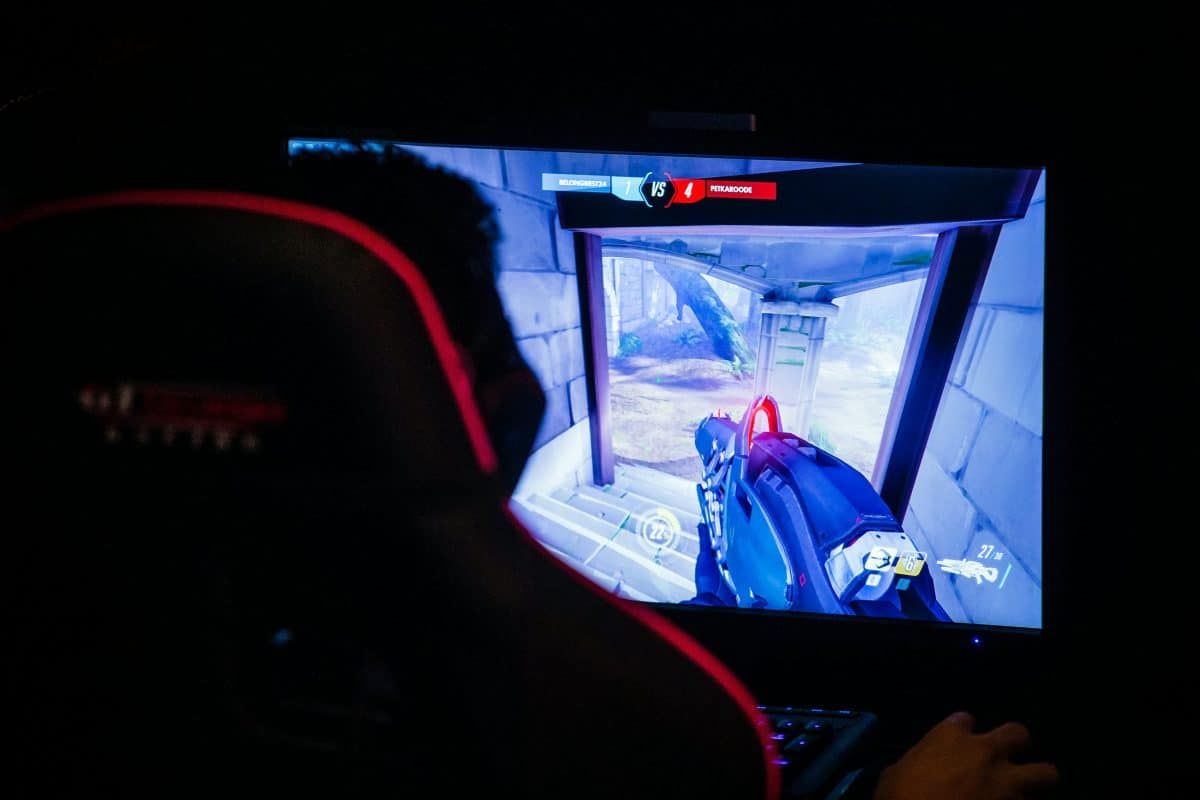
Violent video games desensitise regular players to disturbing images, warns a new study.
The investigation into the phenomenon of emotion-induced blindness showed players were better at disregarding graphic content while viewing a rapid series of images.
It left them better able to see what they were asked to look for than non-players.
Emotion-induced blindness occurs when a person’s emotions impact their perception of the world.
Cognitive psychologist Dr Steve Most, of the University of New South Wales in Australia, said: “For example, when people rapidly sift through images in search of a target image, a split-second emotional reaction can cause some of them to be unable to see the target.
“This occurs even if you’re looking right at the target.
“It’s as if the visual system stops processing the target in order to deal with the emotional imagery it’s just been confronted with.”
The study investigated how a person’s gaming history predicted whether emotion-induced blindness occurred.
Frequent violent video game players were those who played more than five hours of video games each week that ‘often’ or ‘almost always’ involved violence.
Their reaction was then compared to a control group of people who played no video games at all.
Importantly, the participants were not aware of the links between the experiment and their video game playing history.
During the experiment, the participants were shown a flashing sequence of 17 images at 100 milliseconds per image.
The image stream consisted of a combination of upright landscape photos.
Among the pictures was a ‘target image’ – a landscape target rotated at 90 degrees to the left or right.
When viewing the image stream, participants were asked to indicate which direction it was rotated to.
In some image sequences, a ‘distractor’ image appeared 200 or 400 milliseconds before the rotated target.
This ‘distractor’ image was either emotionally neutral such as images of a non-threatening animal or person, or it contained graphic or emotionally negative content, which could be violent, such as a masked man wielding a knife, or disgusting, for example a filthy toilet.
Frequent violent video game players seemed to be less distracted by the emotional disruptors.
In image streams containing violent or disgusting distractors, they were able to correctly identify the rotated target image despite the graphic content – with greater accuracy.
In image streams with only neutral images, there was no significant difference in accuracy between the study groups.
Psychologists said that finding was important because it helps rule out the possibility that violent video game players just paid better attention overall.
Dr Most said: “This study suggests that, depending on the situation, people with different levels of violent media and game consumption can also have different perceptions of the environment.
“We found that a high degree of violent video game playing was accompanied by less sensitivity to these emotional images, so players were able to preserve their perception of other things around them.
“This suggests a link between violent video game exposure and a person’s perception, that is, how they process information.”
However the results do not prove a cause and effect relationship between violent video games and emotion induced blindness, or even less, a link to moral desensitisation
Dr Most added: “Our study focused on perception and how it may be disrupted by negative stimuli.
“This is very different from other research on the link between violent video games and social behaviour, such as aggression.
“There is conflicting literature about the degree to which playing violent video games affects real-world behaviour.
“This study only investigated a low-level effect on an individual’s perception, and we definitely need further research into the mechanisms that underlie this impact of emotion on perception.”
The team now wants to investigate the prevalence of emotion-induced blindness in emergency first responders, to see if other groups of people frequently exposed to graphic imagery might react similarly.
Their findings were published in the journal Visual Cognition.
By Tony Whitfield